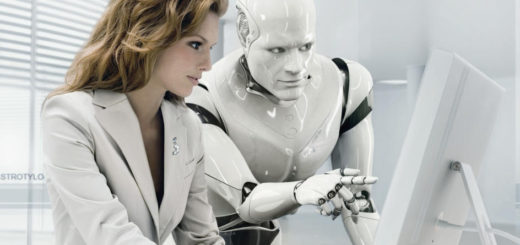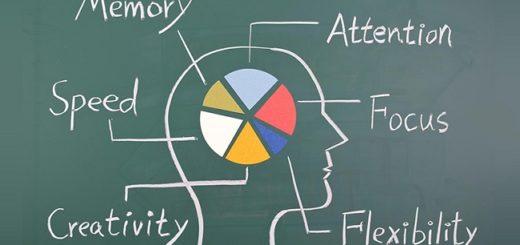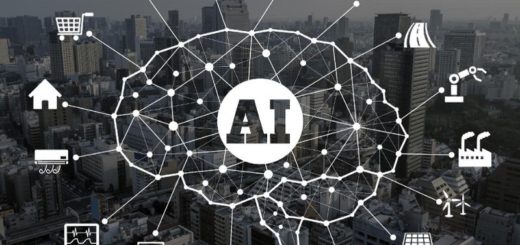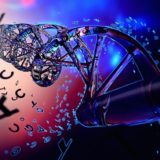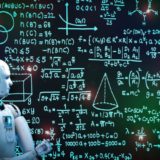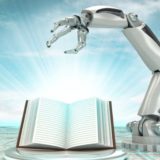The latest development of Artificial Intelligence medical applications in 2018
by Ready For AI · Published · Updated
With the recent penetration of artificial intelligence technology, we have seen many artificial intelligence medical applications in rapid development in 2018.
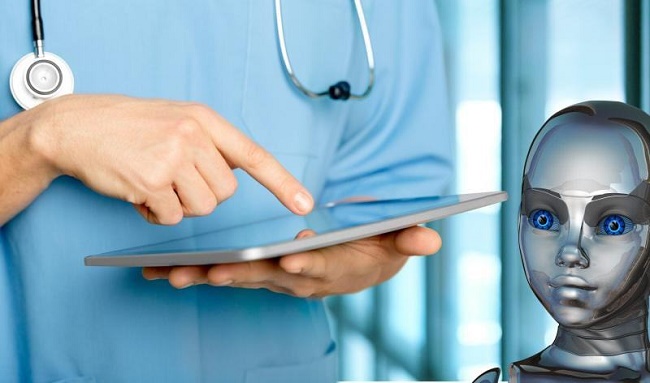
1. Can automatically complement the AI of MRI imaging
A team of researchers working on nuclear magnetic resonance acceleration methods at New York University has teamed up with Facebook to train AI imaging tools to reduce the time required for 90% MRI scans. The AI application developed by this group of researchers is different from the AI commonly used in medical imaging. It is not using image recognition technology to analyze X-ray or MRI scan results to help doctors quickly and accurately analyze the disease. Instead, it starts with the scanning process and directly accelerates the nuclear magnetic field. The speed of resonance imaging.
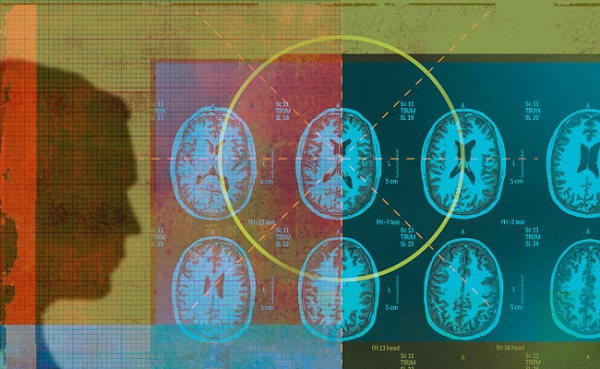
The reason why MRI takes a long time is because the machine itself needs to take a lot of plane images or slices to superimpose it to form a 3D image. Especially in situations where a very precise and complete scan is required (eg brain tumors), a large number of slices must be taken in order to obtain accurate imaging. It is reported that the New York University group of researchers started this NMR acceleration project called FastMRI from 2015, in order to explore how to obtain the results similar to the traditional imaging quality when only a part of the data is scanned.

To explain with an intuitive example, suppose that when scanning a photo, not every line in the image is scanned, but every other line scans to reduce the sampling rate.” The pixels that are not scanned can be artificially Automated filling, which saves half the scan time. Just like the human brain can automatically fill the entire spot through the visual system, the system can also capture the sputum seen by traditional MRI and display it. It is an abnormal point.
This application can greatly reduce the time for patients to “torture” in the MRI machine, while also improving the efficiency of the machine, thereby reducing scanning costs and simplifying the operation process.
2. Predict heart disease risk
To help doctors predict the risk of heart disease in advance and to specify preventive measures, Microsoft has developed an API that uses AI to predict heart disease risk and has been put into use at the Indian specialist hospital Apollo. This tool will analyze from 21 aspects, such as: diet, smoking habits, daily activities and other factors, but also through respiratory frequency, high blood pressure, systolic and diastolic blood pressure to judge psychological stress and anxiety.
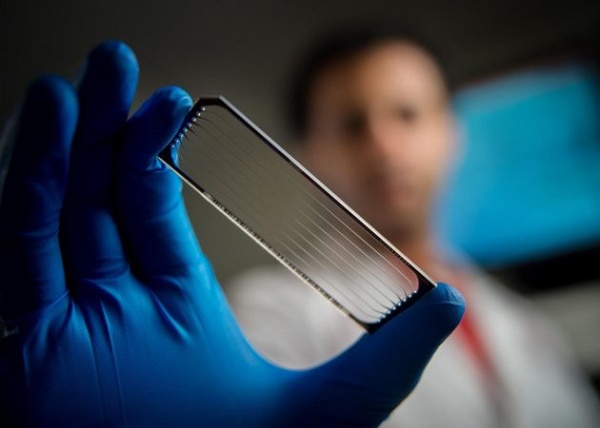
After the analysis, the AI will score the patients on the low, medium and high levels, and point out some factors that can reduce the risk of heart disease through improvement. It not only provides doctors with more comprehensive diagnostic information, but also helps patients improve their living habits to prevent heart disease in time.
Using AI and machine learning technology Apollo Hospital is confident to work with Microsoft to prevent Indian heart disease. They plan to work together to develop new tools to help doctors treat non-communicable diseases. In the private and public health systems, the future will be extended to other countries.
3. Identify depression through daily conversations
In a new paper, researchers at the MIT Computer Science & Artificial Intelligence Laboratory (CSAIL) described a neural network system that can sense depression by analyzing the patient’s words and language. According to CSAIL, the working principle is: the original text and voice data collected from the patient’s conversation are placed in this neural network model to analyze the speech patterns of patients with depression, and use this law to analyze and compare with other patients. To judge the condition, it will continue to learn to improve the accuracy of the analysis during the analysis process.

The traditional way for doctors to judge depression is to ask the patient some questions about past neurological history, lifestyle, mood, etc., and analyze the patient’s answers. However, CSAIL researchers believe that each patient has a different way of speaking. The diagnosis is limited by simple question and answer. Therefore, they developed this neural network to analyze the patient’s daily conversations flexibly and comprehensively to determine the symptoms of depression. In other words, the most important feature of this neural network is that it does not need to consider the context. It does not need to analyze the symptoms through specific questions and answers. It is enough to analyze the daily language of the patient.
4. Use Google open source AI to diagnose lung cancer
Recently, a team of researchers at New York University developed an AI technology to detect specific lung cancer types by retraining Google’s Inception v3, an open source convolutional neural network for image analysis.
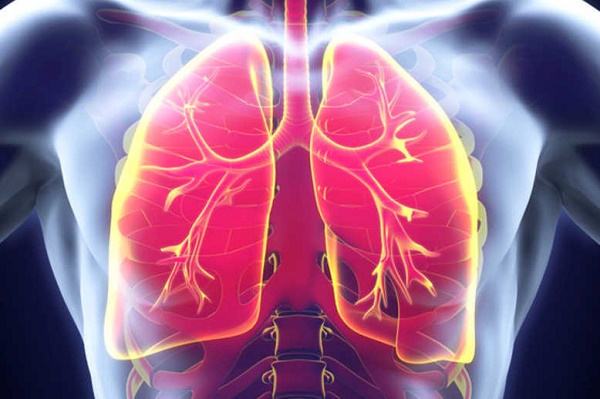
After retraining Inception v3, the accuracy of independent sample diagnosis for cancer patients at New York University is between 83% and 97%. There are also elements in the sample that it has not encountered, such as blood clots, blood vessels, inflammation, Necrotic area and part of lung failure. In addition, the average detection time of this model is 20 seconds, and the PC used to calculate the probability of cancer is only equipped with a graphics card.
This AI is a useful tool for pathologists, providing information to help doctors tailor treatments to each lung cancer patient to create a more diverse range of precision medicine. In the future, the researchers hope to use the AI model for detecting large cell cancer, gangrene, fibrosis and other symptoms, and they are reported to be applying to the FDA to commercialize the technology.
5. Develop a more effective radiotherapy program
At least 500,000 people in the United States diagnose head and neck cancer each year, and many choose to receive radiation therapy, but in order to avoid damage to brain tissue surrounding cancer cells, doctors must carefully plan to isolate these tissues. Recently, Google’s subsidiary DeepMind has collaborated with the University College London Hospital to develop an AI that assists doctors in developing treatment options. After testing, this AI model uses CT scans to perform detailed zoning of cancer cells and surrounding areas, and the level of sophistication is very close to human level.
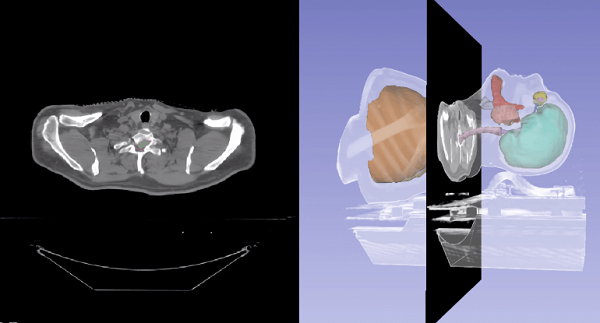
It is reported that the data used by this group of researchers to train AI covers 663 X-Ray Computed Tomography of 21 organs (throat, tongue, nasal cavity, connective tissue and soft tissue). The AI model was tested on 19 organ data. Expressiveness is not much different from radiation therapy technicians with years of experience. In addition, using a set of CT scans from 24 patients (data not touched by AI) for independent testing, AI’s analysis of each patient was equally excellent.
Next, DeepMind’s researchers plan to use the AI for clinical trials, and they believe that AI may shorten the time between diagnosis and treatment, and develop an adaptive radiotherapy solution in a timely manner.
6. Predict blood sugar levels in diabetic patients
Diabetes is a high-risk disease in the United States that has always threatened the health and lives of Americans. According to the US Centers for Disease Control and Prevention, the number of people with diabetes or diabetes in the United States is at least 100 million, and 1.4 million new people will be added each year. Although the technology of diabetes treatment is developing rapidly, there are still many people who do not regularly check their blood sugar, which causes the condition to be severe enough to fall into a coma or even cause death.
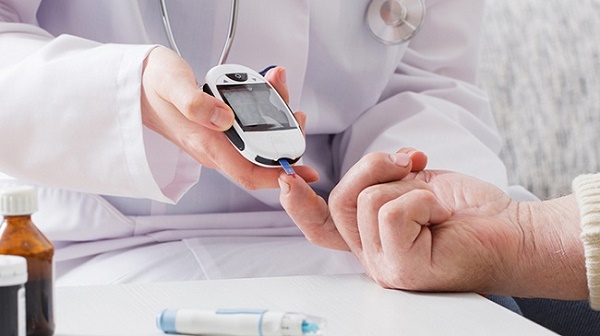
Recently, a group of researchers in the paper described an AI technique that predicts future glycemic value trends before a patient has hyperglycemia or hypoglycemia. In the paper, researchers describe a recurrent neural network based on long- and short-term memory models that can learn long-term dependencies. That is to say, the storage unit in the long-term and short-term memory model can help the neural network to combine the stored memory and data, thereby improving the accuracy of the prediction. And because they use a two-way long-term and short-term memory model, this neural network can refer to past data, reasoning future data, and speed up training time.
Next, the researchers plan to add more features to the neural network, improve performance, and add a “reminder mechanism” to predict possible hyperglycemia/hypoglycemia symptoms in the future.
7. Using group intelligence to diagnose pneumonia
In the United States, a startup called Unanimous AI developed an AI system for the diagnosis of pneumonia. In the test, the accuracy was 22% higher than that of a group of radiologists, and the error rate was also reduced by 33%.
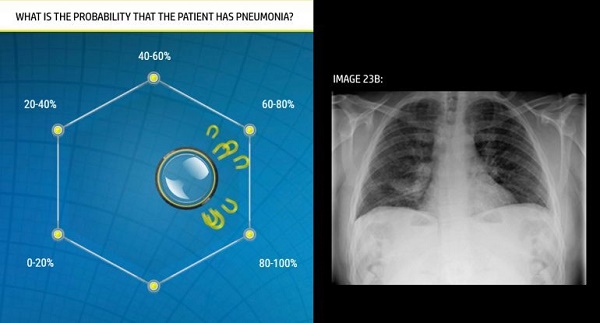
Humans need 12 years of training to become radiologists, and during this period they need to enrich their experience by learning and observing other doctors. Unanimous’s AI platform uses a swarm intelligence model to train to improve the accuracy of the prediction. Simply put, a group of human radiologists log on to the Unanimous AI platform, using a mouse, trackpad or touch screen to diagnose the data on the screen, and the Unanimous AI algorithm records their behavior in real time.
Unanimous AI says that most AI companies are focused on finding the rules in big data, but what they want to explore is: How do people get together and become smarter through AI? How to use group intelligence to turn people into artificial experts?
8. Provide medical advice to users
HealthTap, a US medical application company, recently launched a series of “enhanced intelligence” features in the same-name application to help users solve problems that could have been solved by 7 billion doctors.
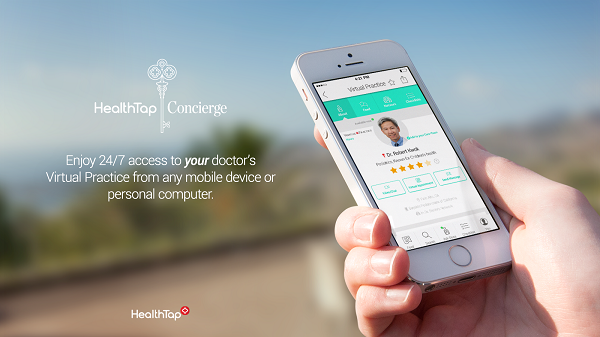
It is understood that the AI doctor in HealthTap will test the patient’s symptoms, provide suggestions for further treatment, and provide text answers from historical data, doctor-authorized health guidance, treatment reminders, and video treatment with doctors.
HealthTap claims that this app is more accurate than traditional check-in platforms, and the interface is more convenient for users to check their symptoms. AI doctors will provide more personalized medical advice based on the patient’s personal information and medical history.
9. Help diagnose eye diseases
DeepMind recently collaborated with the Moorfields Eye Hospital in the United Kingdom and the University of London College of Ophthalmology to find that the AI analysis of retinal scans is accurate in 94% of eye diseases such as glaucoma, age-related macular degeneration and diabetic retinopathy. Eight clinical experts from the hospital.
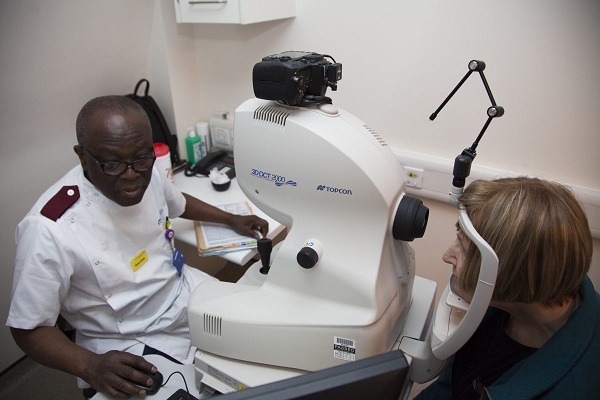
Researchers have developed this AI technology to diagnose patients with eye diseases that are urgently needed to see a doctor. If they can find eye diseases early, they can receive treatment as soon as possible to ensure better treatment results.
According to the World Health Organization, more than 250 million people worldwide suffer from eye diseases or blindness, and eye diseases like diabetic retinopathy actually have a lot to do with cardiovascular disease. DeepMind’s AI predicts severe heart disease when predicting diabetic retinopathy in patients with an accuracy of about 70%.
10. Detection of cancer spread
Recently, a group of researchers from the London Cancer Institute, the University of Birmingham, the University of London, Queen Mary, and Stanford University in the United States have developed an AI system that can help doctors diagnose cancer. It is reported that this AI system is called Revolver, which can identify the evolution, spread and resistance of cancer cells.
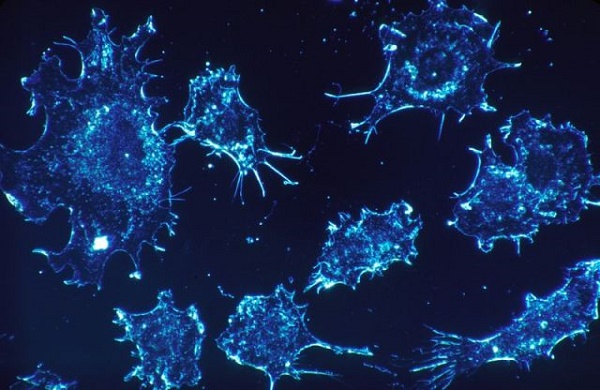
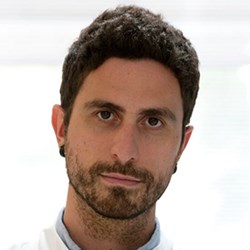
Dr Andrea Sottoriva
"This AI tool can identify tumor mutations deep in complex data sets and predict future tumor activity."
With Revolver, doctors in the future may be able to understand when a tumor will become malignant, and possibly know how cancer responds to a treatment and find a cure for the patient.
This technology will be used in the future to identify cancer in advance and to develop a more personalized and detailed treatment plan for patients in the future, but it will take time to use Revolver to treat cancer.


